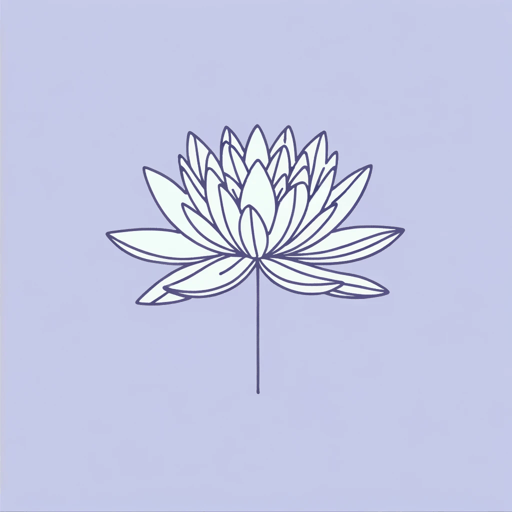34 pages • 1 hour read
Ella Cara DeloriaWaterlily
Fiction | Novel | Adult | Published in 1988A modern alternative to SparkNotes and CliffsNotes, SuperSummary offers high-quality Study Guides with detailed chapter summaries and analysis of major themes, characters, and more.
Symbols & Motifs
Ritual
Ritual figures heavily as a motif in Waterlily. Ritualistic practices, both small and large, are woven into the Dakota way of life. There are simple, every day rituals, like a man braiding his wife’s hair. This is a way for him to demonstrate his love and respect for her. There are also small rituals that maintain a balance with nature. For example, when gathering beans, Blue Bird’s grandmother says they must “leave a return gift for the mice when you take away their food” (9). This ritual maintains balance with the natural world. In small ways, these rituals reinforce core values of the community.
There are also larger rituals that hold significant importance for the Dakotas. When a baby is born, its placenta must be tied up and placed in a tree, and “[e]veryone knew that; it was ancient law” (6). This ritual marks the beginning of a new life. There is also the hunka ceremony, which is performed for Waterlily. Parents perform it to give thanks if their child makes it through a difficult period, as through Waterlily’s illness. After the ceremony, one becomes a beloved child, which increases his or her level of honor in the community. A ritual such as this affects the child throughout his or her whole life.

